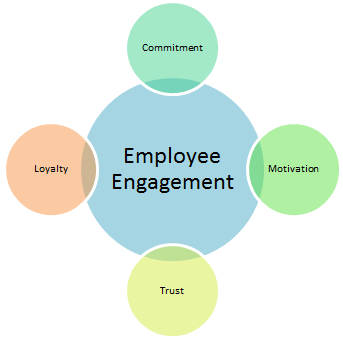Challenging Work as a Driver of Employee Engagement
April 3, 2025
 Challenging Work as a Driver of Employee Engagement
Challenging Work as a Driver of Employee Engagement
Introduction We often hear the term employee engagement being spoken about in various contexts. We are often told by management experts that engaged employees are a source of sustainable competitive advantage. During earlier periods of organizational theory and practice, it was common for the HR (Human Resources) function to take care of administrative aspects such…
 Characteristics of Engaged Workforce
Characteristics of Engaged Workforce
The level of employee engagement can be measured by the willingness and ability of employees to contribute to the success of their organisation. It is their discretionary effort which is an essential element for the good health and well being of a company. A highly engaged workforce shows the high level of engagement in their…
 Benefits of Employee Engagement
Benefits of Employee Engagement
History records how Alexander was able to march on and conquer hitherto unknown lands due his valour and his motivated troops. However, the same history also records, how dissent amongst his troops towards the latter part of his career, cut short his ambitions of supremacy in Asia. Alexander started hiring more outsiders, laying off his…
The term employee engagement has been defined by various researchers. A commonly agreed upon definition would be physical, psychological or emotional involvement of the employee while at work.
Four things are important when we talk about employee engagement; commitment, motivation, loyalty and trust. Their level determines the quality of engagement of an employee. Each one is briefly discussed in the coming paragraphs.

All these elements play a vital role in determining the fate of an organisation. Besides this, two-way communication to discuss challenges, potential consequences, vision and values and organisation’s future should be established. In fact, communication is the backbone of any organisation without which it can’t survive for long. Having an open conversation with employees can solve the problems that they are facing in executing their job.
Apart from this, organisational culture, a well established and duly followed reward system including compensation, benefits, stock exchange options and recognition and personal growth and satisfaction of employees are also important factors in improving the levels of employee engagement.
Your email address will not be published. Required fields are marked *